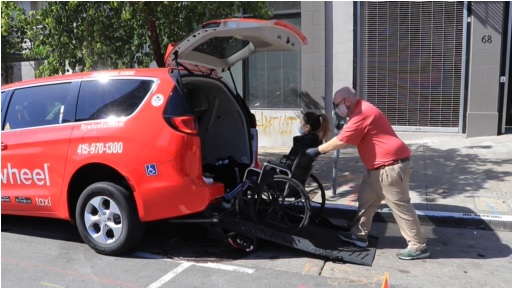By Eillie Anzilotti
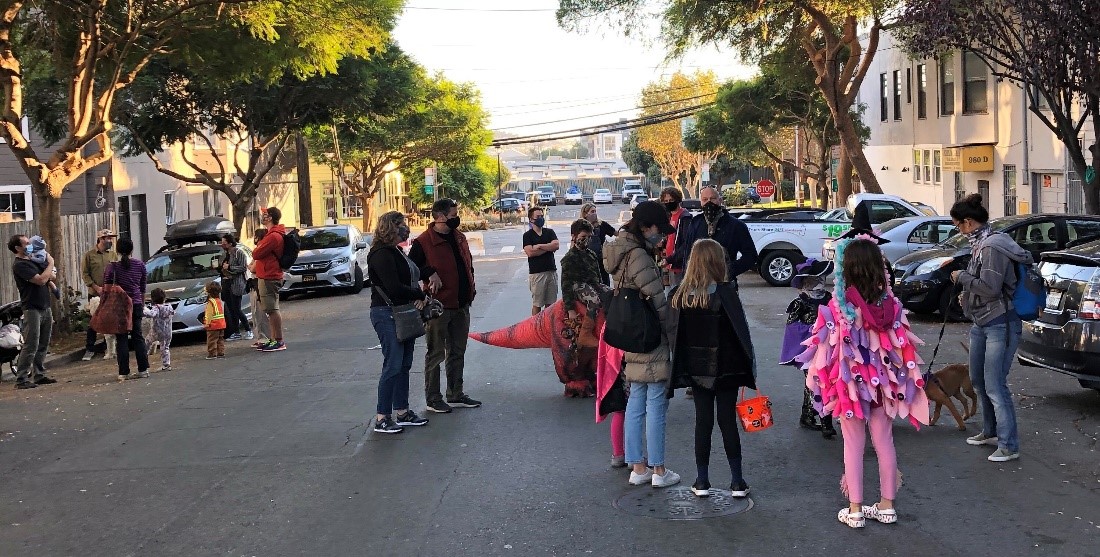
Halloween festivities on Minnesota Slow Street in 2020
This Halloween season, Slow Streets are becoming Spooky Streets. All across San Francisco, community groups are transforming their local Slow Streets into neighborhood gathering places for trick-or-treating, costume parties and more.
On October 31 from 3 to 6 p.m., organizers from Kid Safe SF and the Great Highway Park Initiative are turning the Great Highway into The Great Hauntway, a beachside block party with a costume contest, arts and crafts and a “spooky disco.” That same day, neighbors in Sunnyside are gathering on Slow Hearst Street for a Halloween party at 4 p.m. On Minnesota Street, the Dogpatch Neighborhood Association is hosting their second annual MinneSLOWta Spooky Slow Street Stroll on October 30—the same day that Slow Sanchez Street will host a Halloween Stroll.
Safe, car-light spaces for people to walk, bike and roll are essential every day, but especially on Halloween. Statistically, this holiday that revolves around children being out in the streets, often later in the evening, is the most dangerous day of the year for young pedestrians. To create safer conditions on San Francisco streets for little vampires, ghosts and witches, the SFMTA encourages people to bike, walk or take Muni on Halloween—and for people who do have to drive to use extra caution. Because Outside Lands falls during Halloween weekend this year, the SFMTA is offering expanded, coordinated service between Muni and BART to enable people to opt for transit and keep streets safer.
Slow Streets add an additional layer of safety—which explains their popularity as Halloween gathering places. On Slow Streets corridors, vehicle traffic is designed to be limited to local access and through traffic is discouraged. Just recently, the Slow Streets team released its Evaluation Summary Report containing data on the past year of the program, which was launched initially as an emergency response to the COVID-19 pandemic, but supports SFMTA’s larger Vision Zero goals of ending traffic fatalities on city streets. Around 71% of San Francisco residents surveyed reported that their street became safer after being designated as a Slow Streets street. Programmatic data analysis shows that Slow Streets see a 35% decrease in daily traffic and a 14% decrease in vehicle speeds—along with a 36% decrease, on average, in collisions across the Slow Streets network. As conditions on Slow Streets corridors improved, more and more people--especially kids--felt safe biking and walking along them.
Last Halloween was the first year that neighborhoods had the option to celebrate with Slow Streets—and so many did. We’re thrilled to see the tradition continue this year, and hope everyone has a safe, spooky Halloween!
Hosting or attending a Halloween event on a Slow Street near you? We would love to learn about it and see pictures from the celebration! Get in touch at SlowStreets@SFMTA.com
Published October 29, 2021 at 08:29AM
https://ift.tt/3vWCoRn
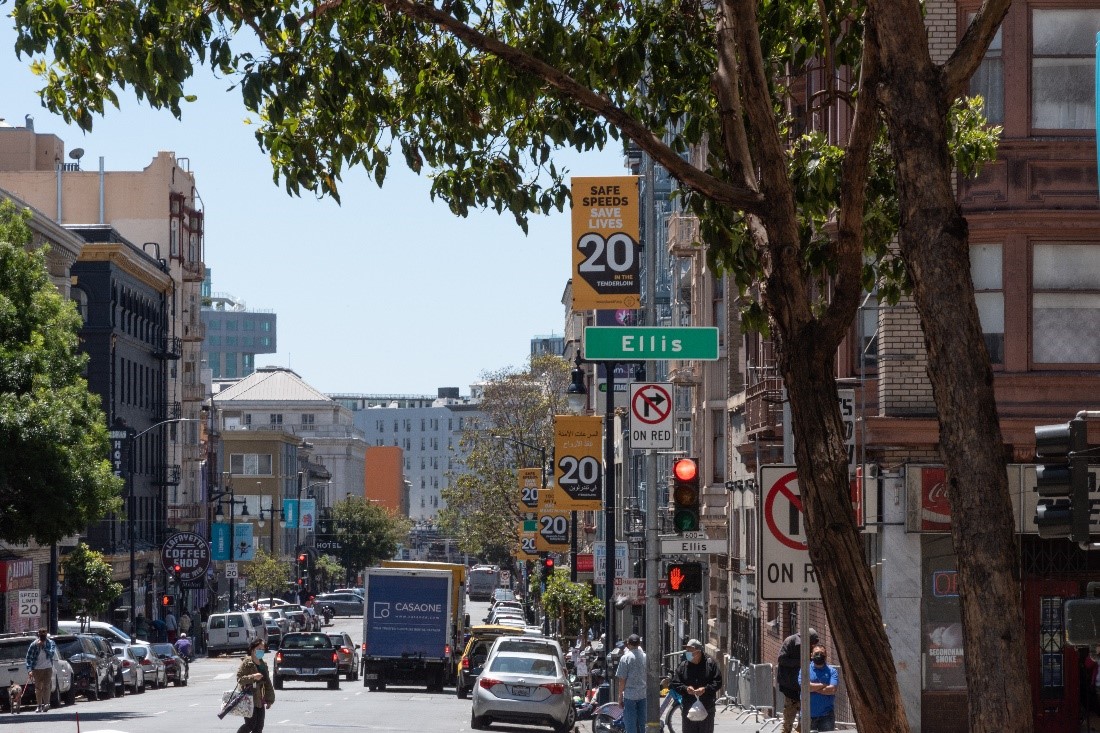
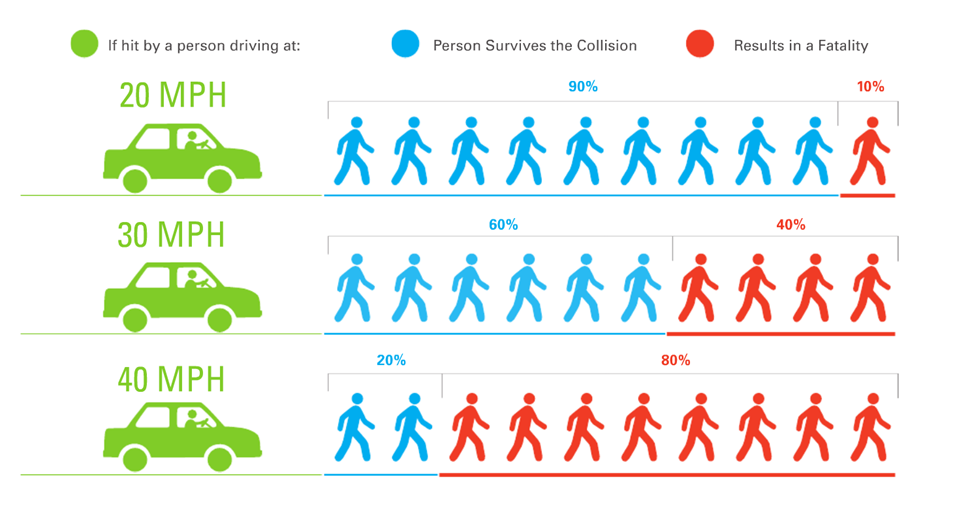
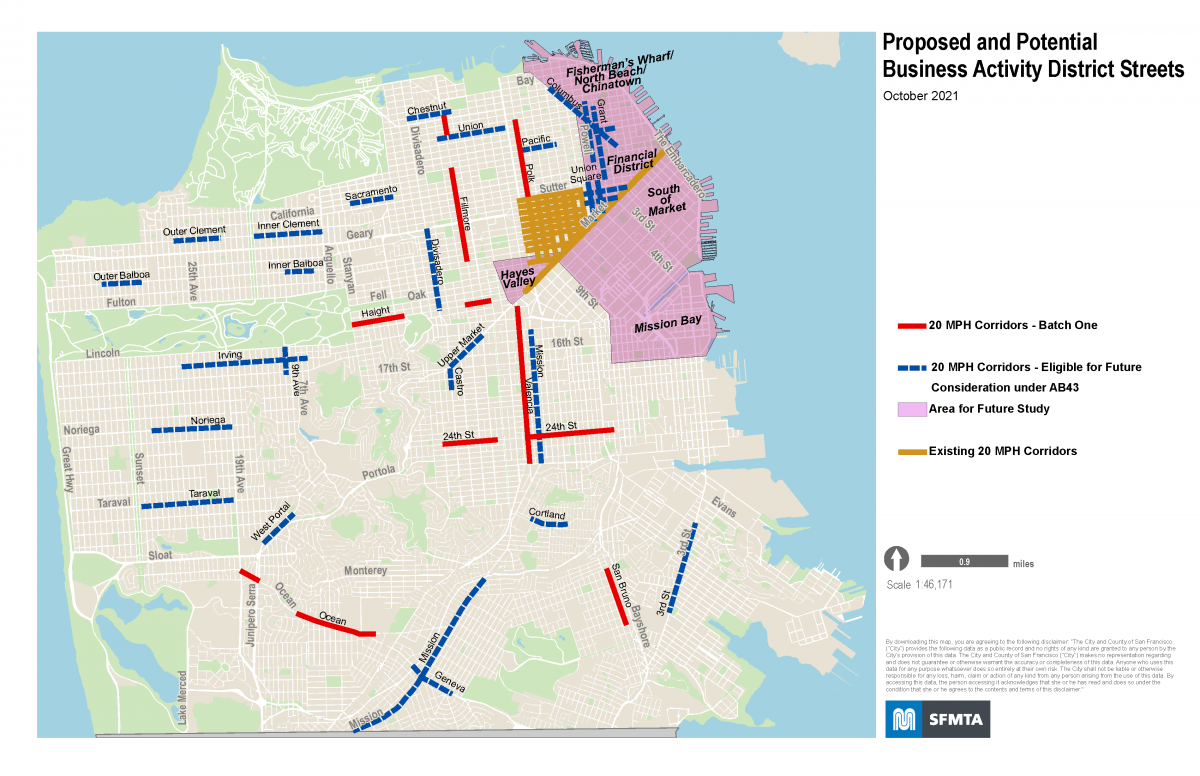
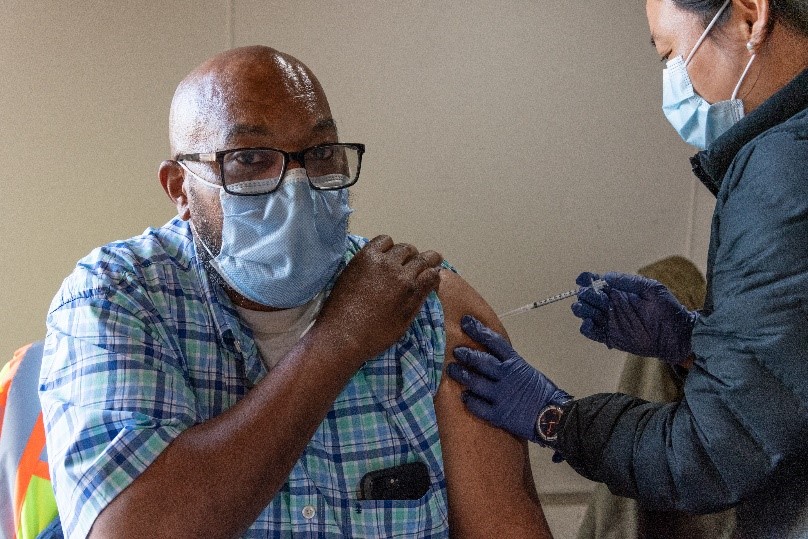
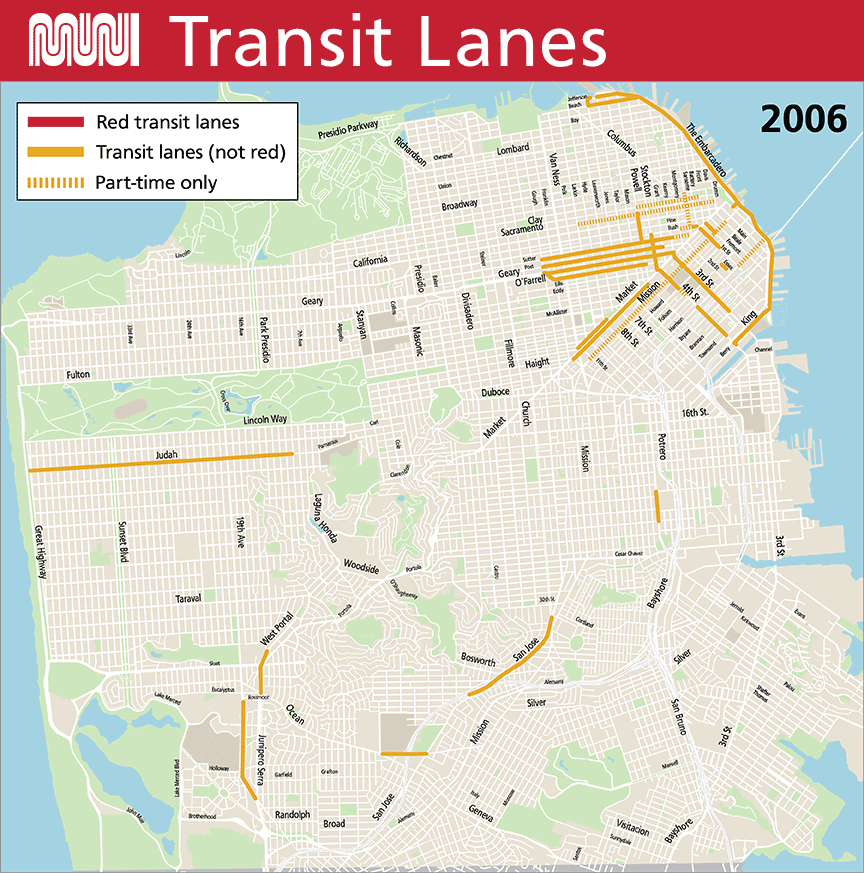
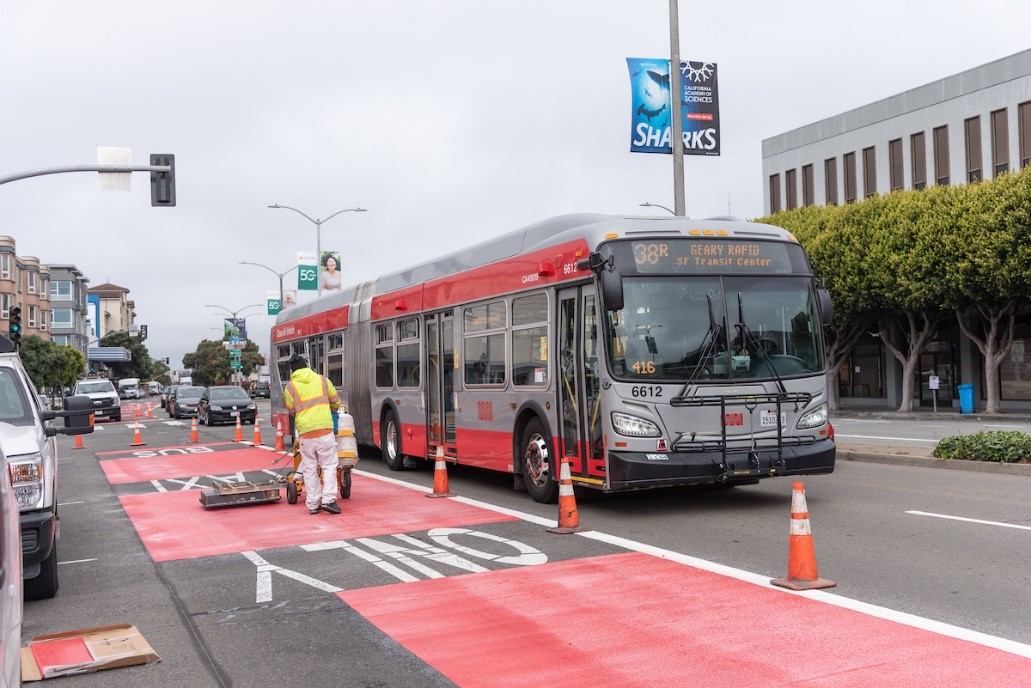
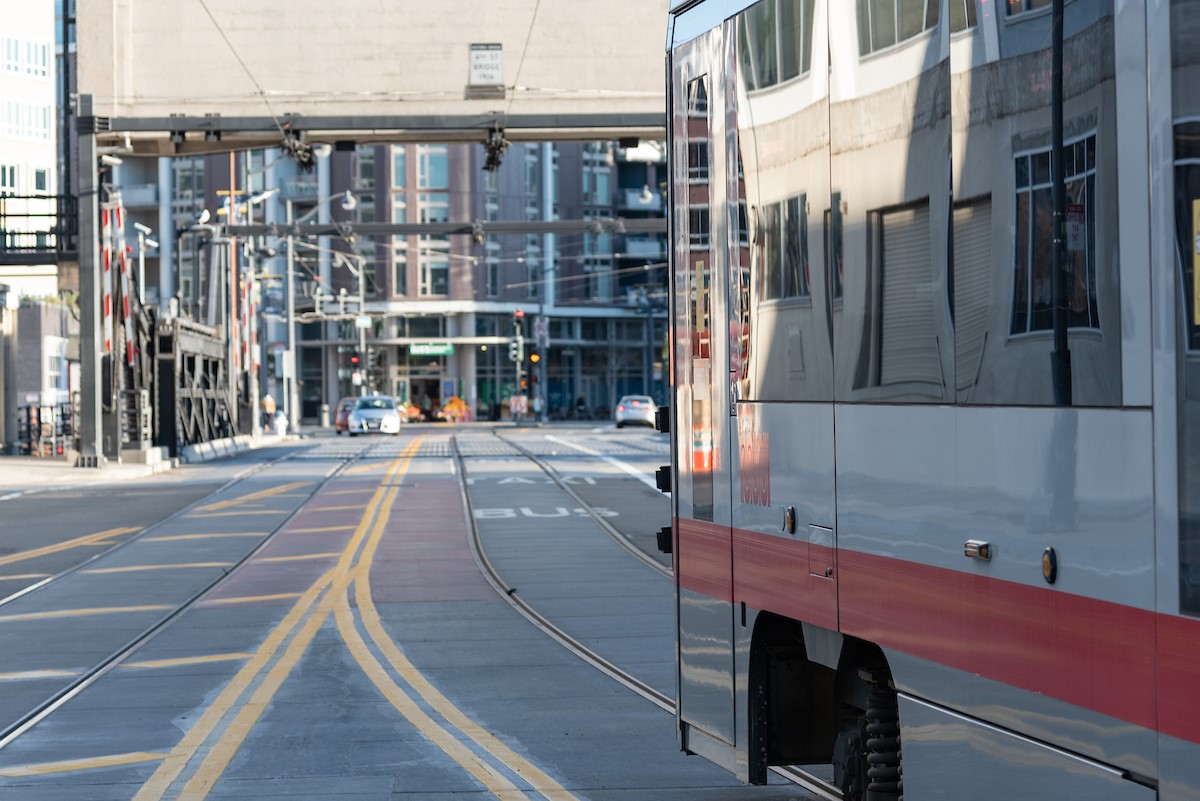 A train crosses a new transit lane on the historic 4th Street Bridge
A train crosses a new transit lane on the historic 4th Street Bridge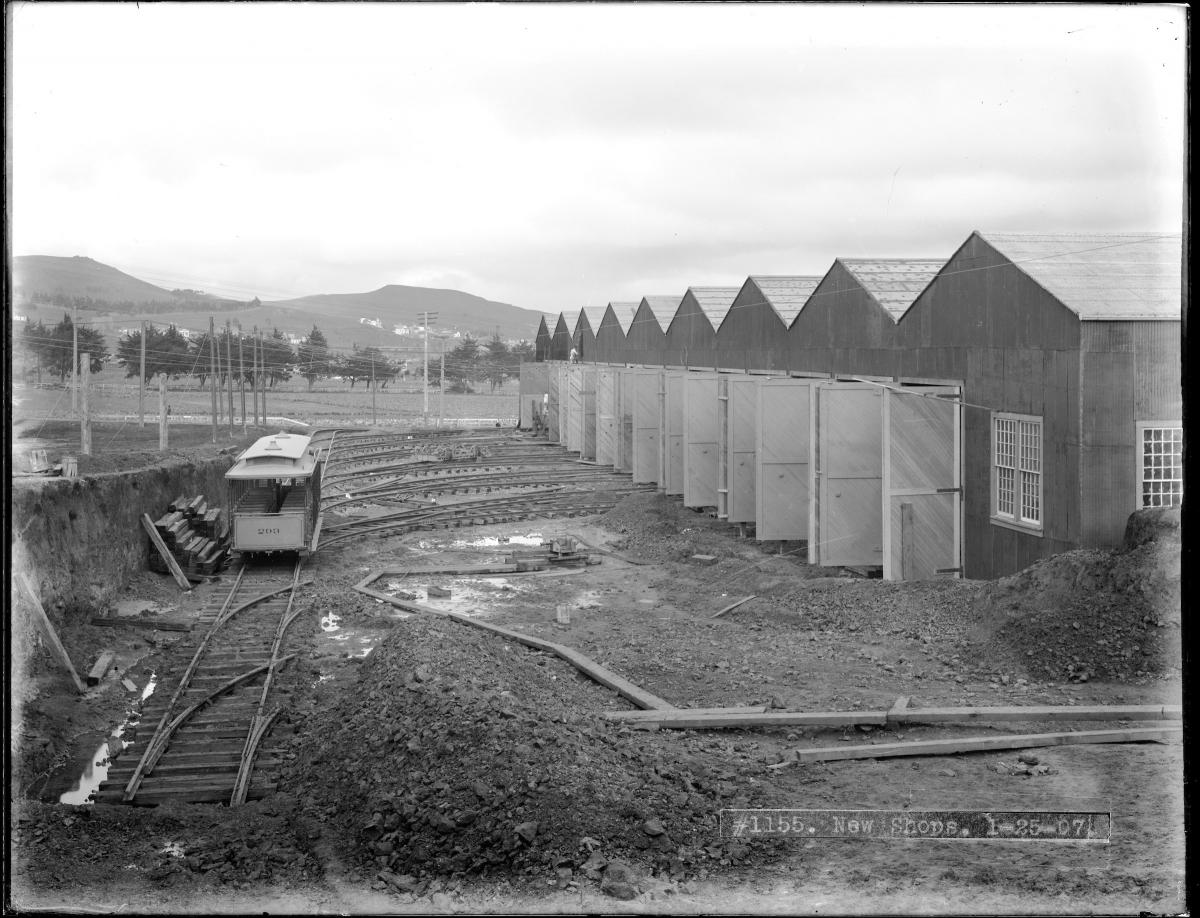 A lone cable car sits on a muddy ladder track outside the newly built Elkton Shops in this January 1907 shot.
A lone cable car sits on a muddy ladder track outside the newly built Elkton Shops in this January 1907 shot.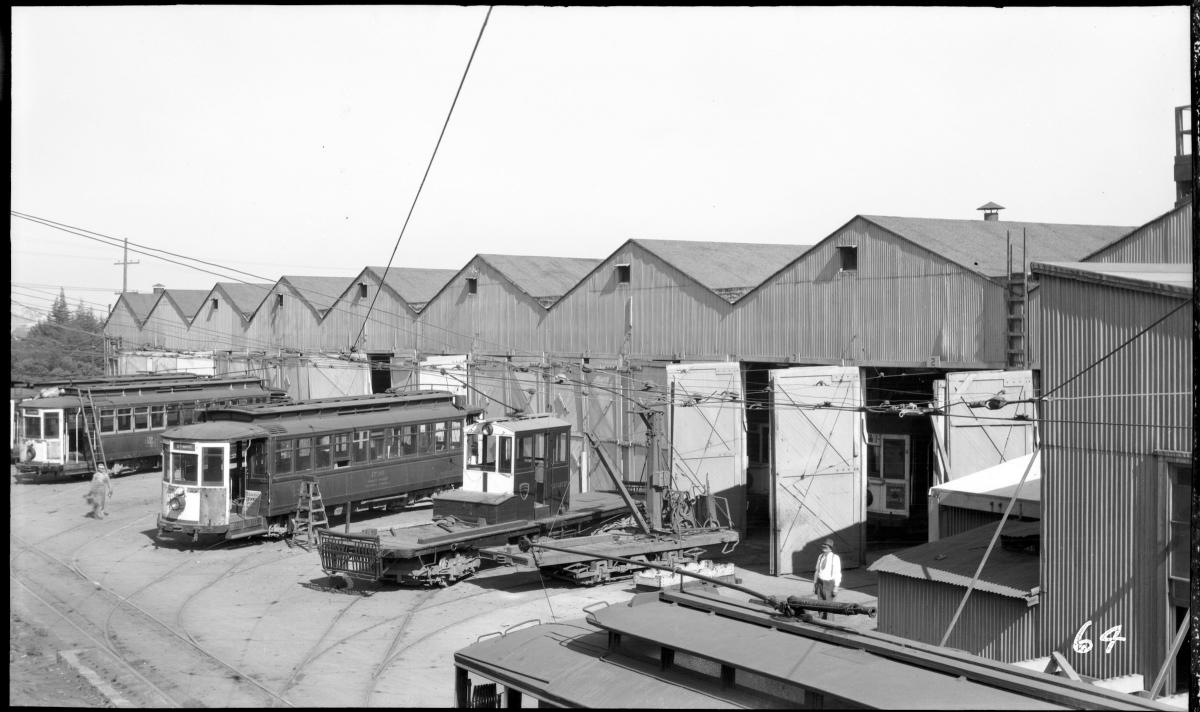 This 1928 photo was taken at the peak of production at Elkton Shops when staff was turning out 26 brand new cars a year on top of 316 complete overhauls and myriad other work.
This 1928 photo was taken at the peak of production at Elkton Shops when staff was turning out 26 brand new cars a year on top of 316 complete overhauls and myriad other work.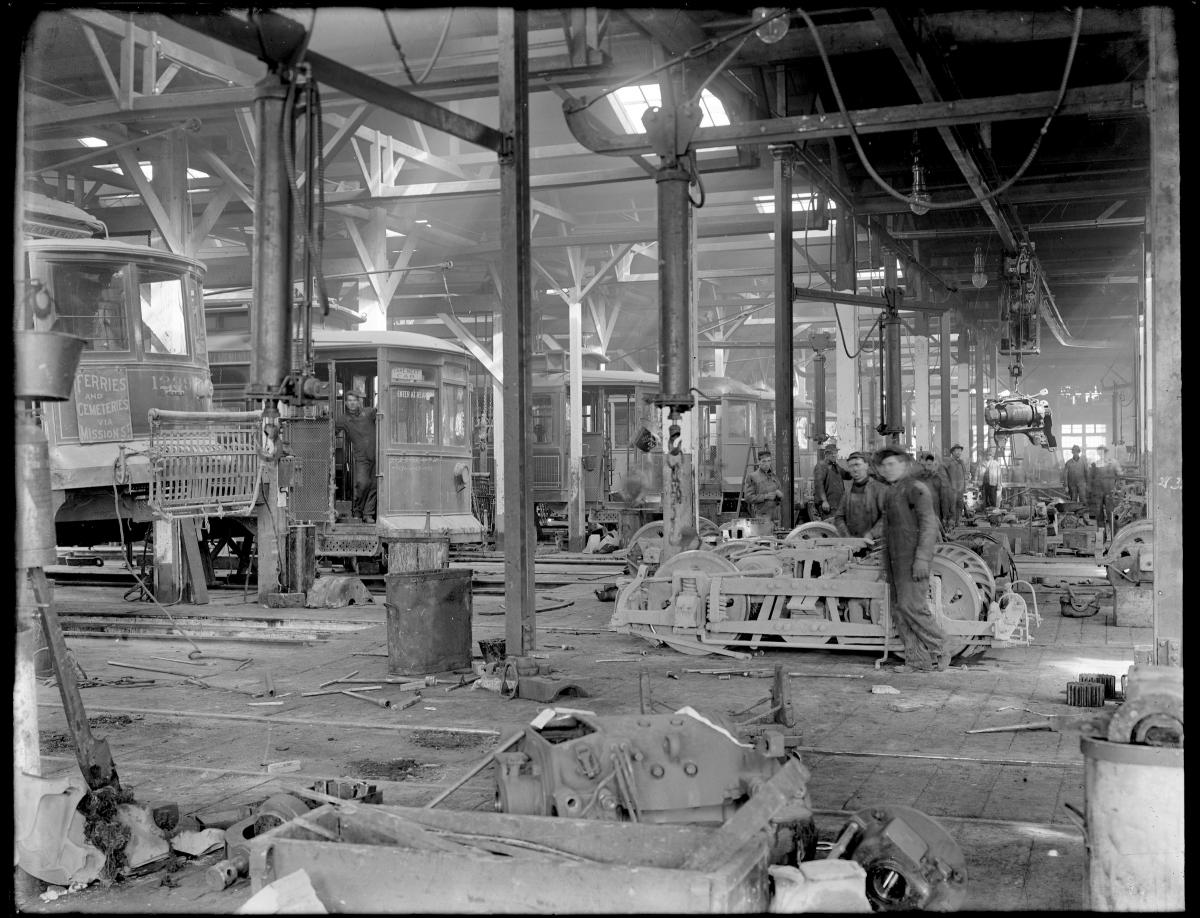 A view inside the overhaul shop in 1912 showing a row of streetcars at left and staff tearing down trucks and motors at right.
A view inside the overhaul shop in 1912 showing a row of streetcars at left and staff tearing down trucks and motors at right.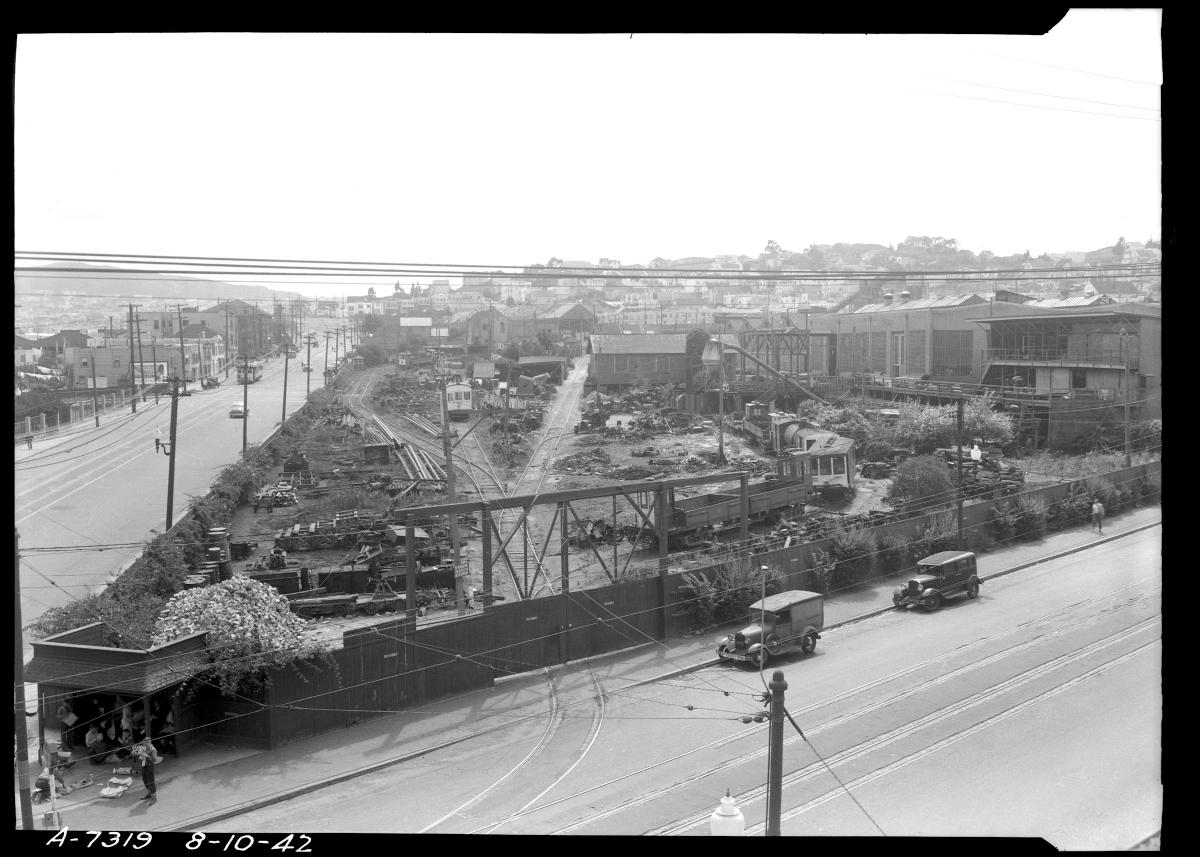 This 1942 shot shows Elkton’s rear yard crowded with everything from cobblestones to streetcar wheels.
This 1942 shot shows Elkton’s rear yard crowded with everything from cobblestones to streetcar wheels.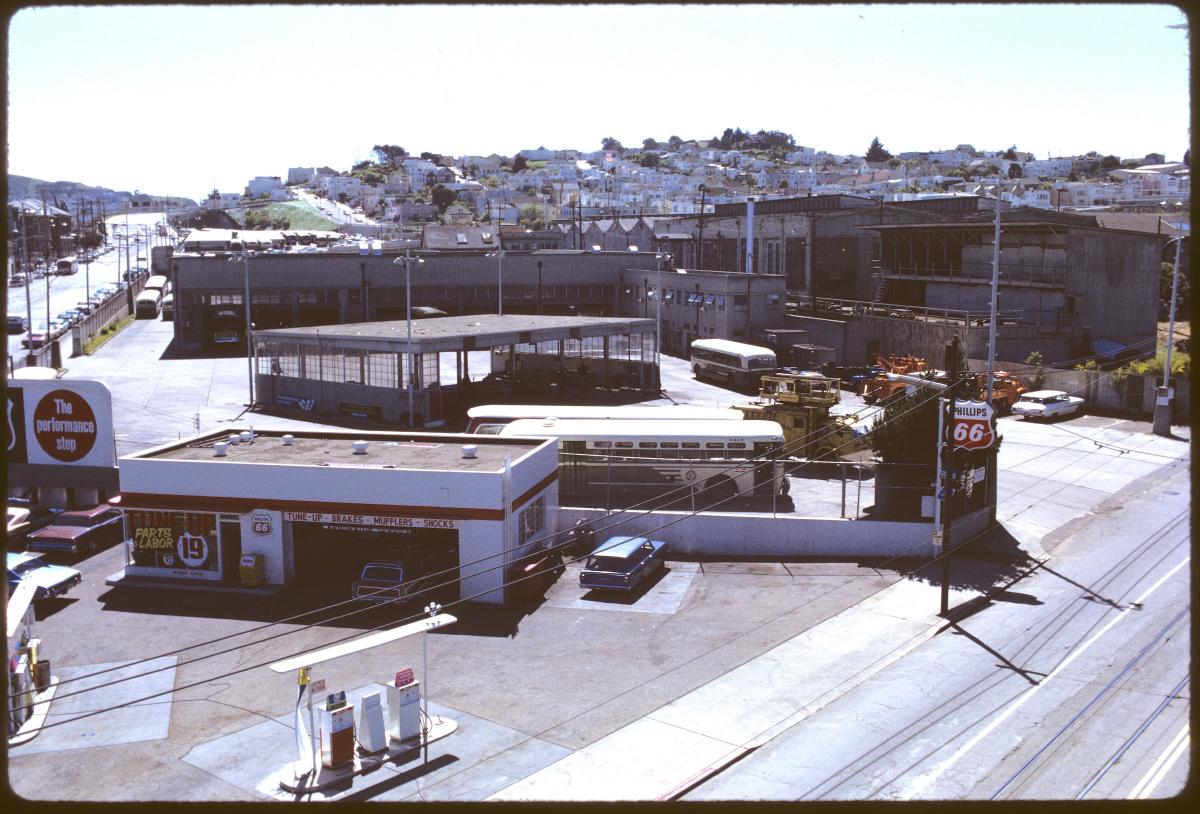 Looking southwest from San Jose and Ocean Avenues, this view shows Muni’s Ocean Division in 1972. At the left is a service station, center the fueling and shop buildings and at right are the Elkton Shops.
Looking southwest from San Jose and Ocean Avenues, this view shows Muni’s Ocean Division in 1972. At the left is a service station, center the fueling and shop buildings and at right are the Elkton Shops.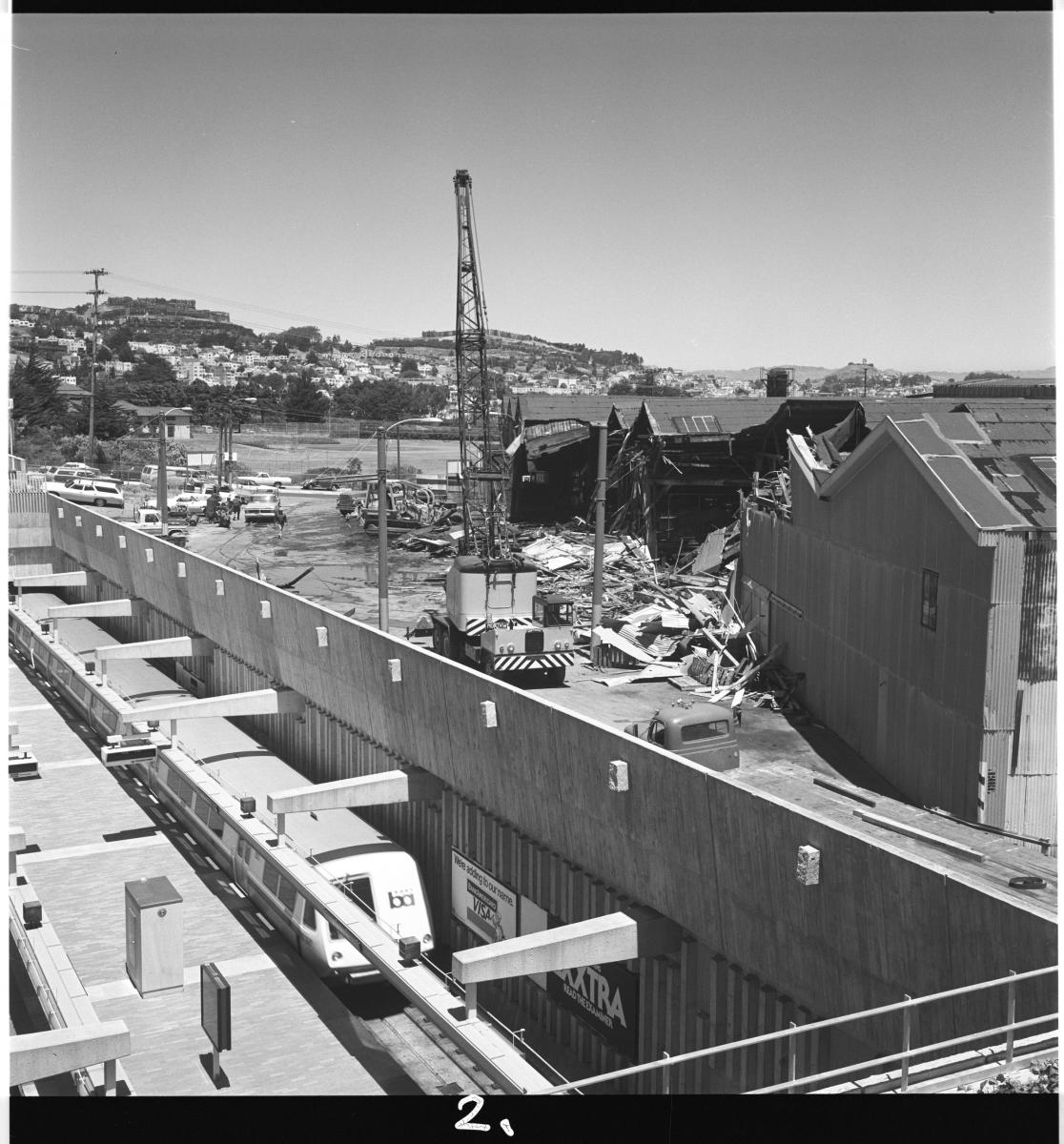 The end of an era came on May 31, 1977 when Elkton Shops was torn down after 70 years of service. In less than 3 years, a rail yard filled with brand new light rail vehicles would stand in place of the old shop buildings.
The end of an era came on May 31, 1977 when Elkton Shops was torn down after 70 years of service. In less than 3 years, a rail yard filled with brand new light rail vehicles would stand in place of the old shop buildings.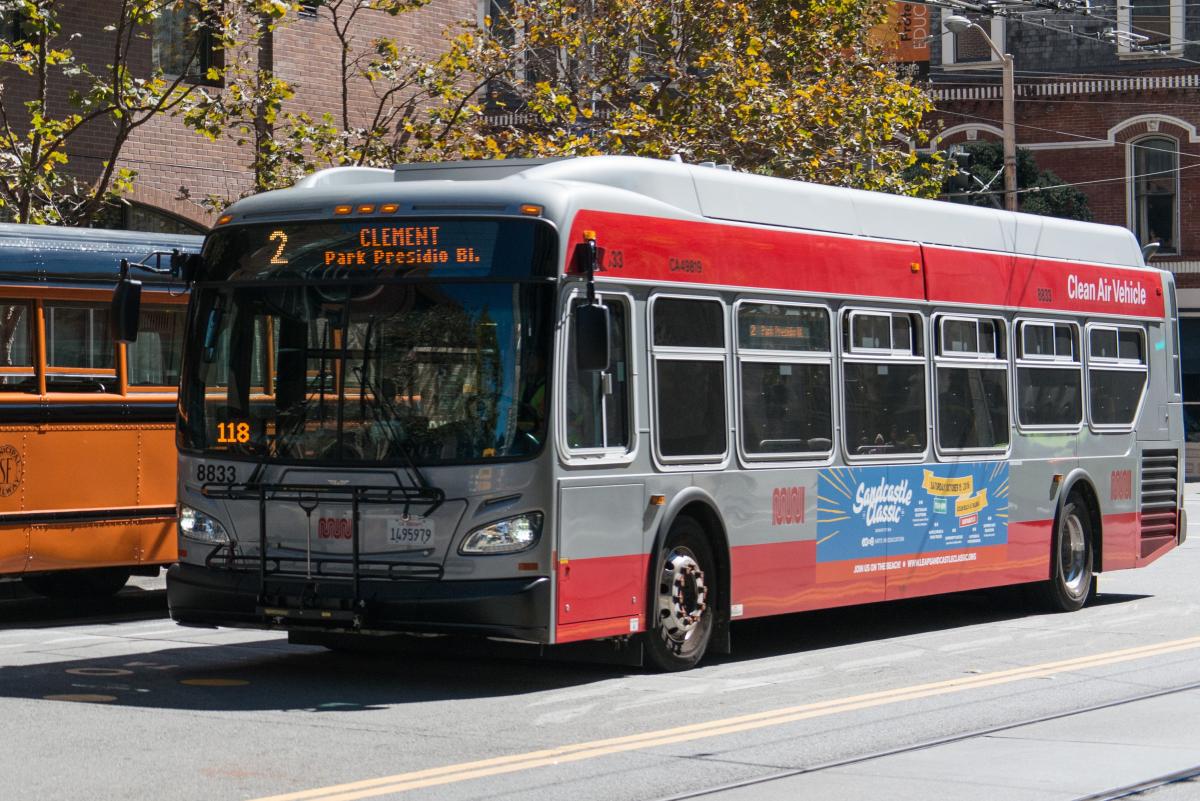

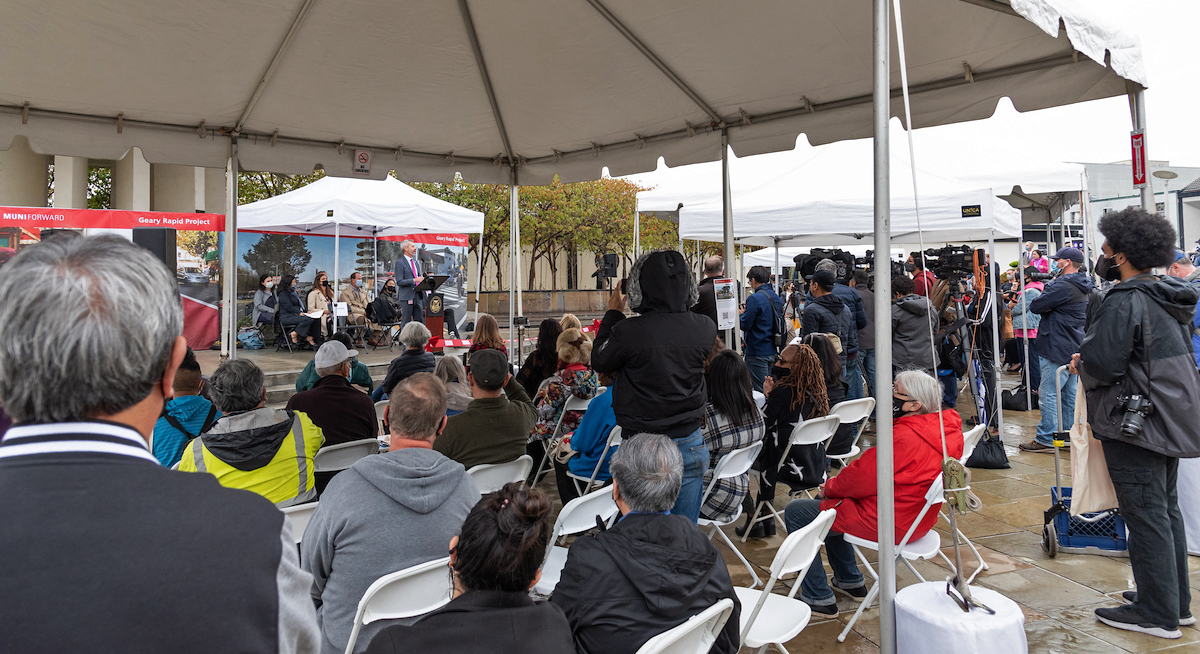
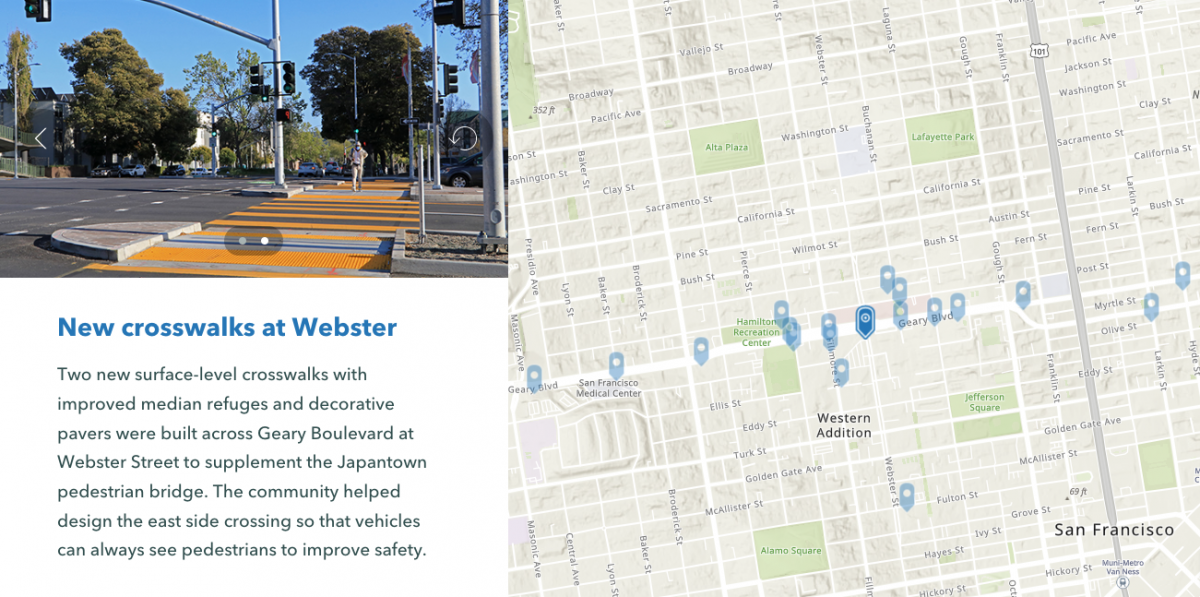
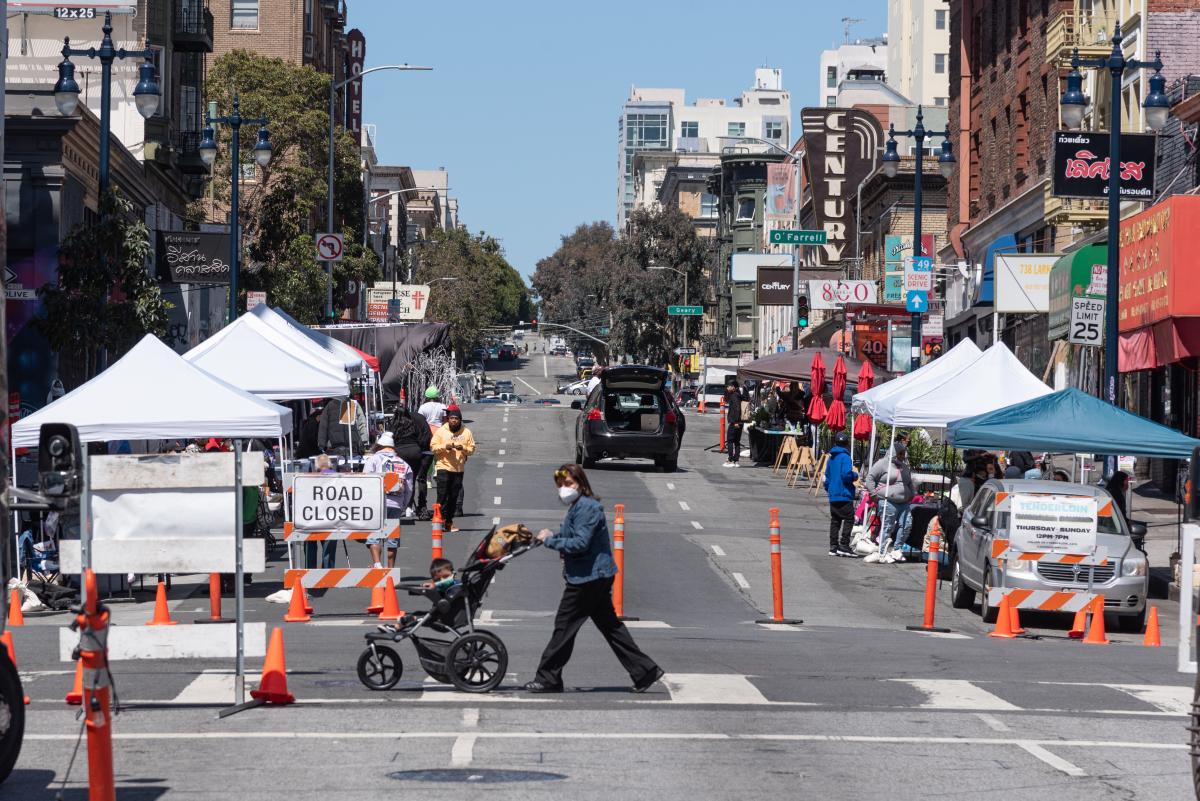
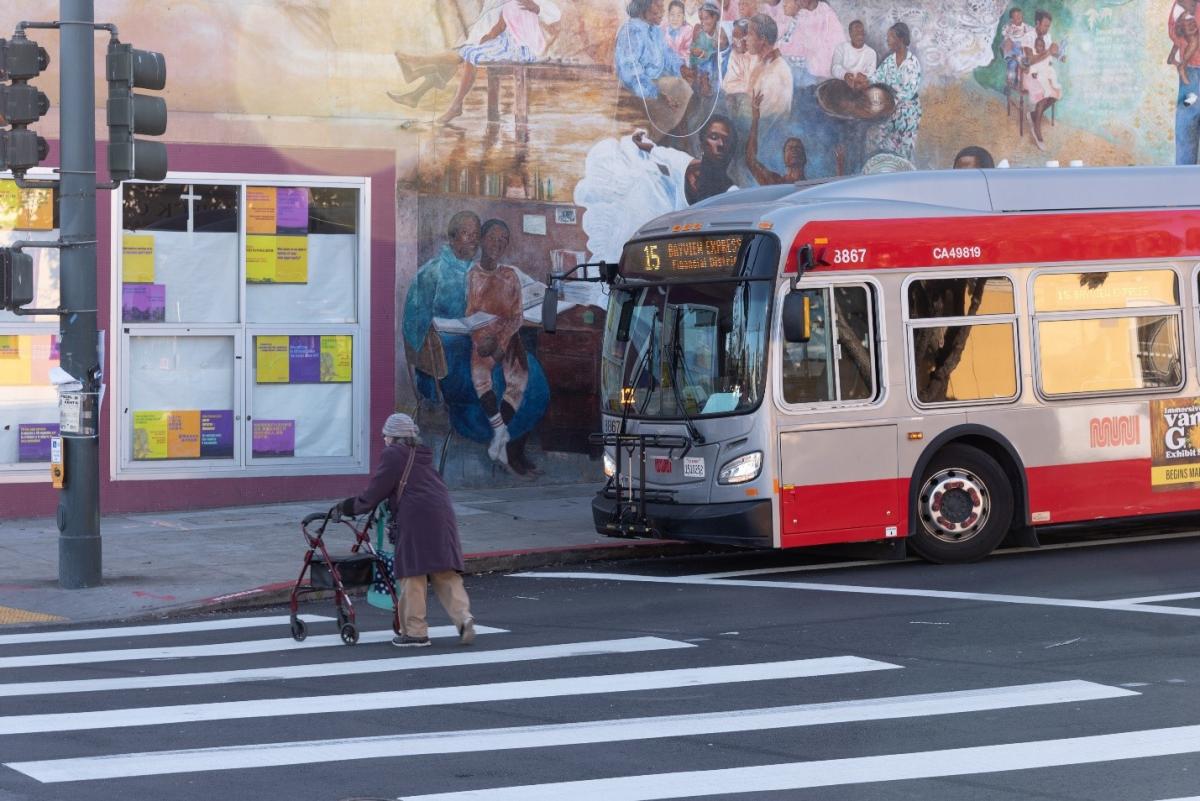
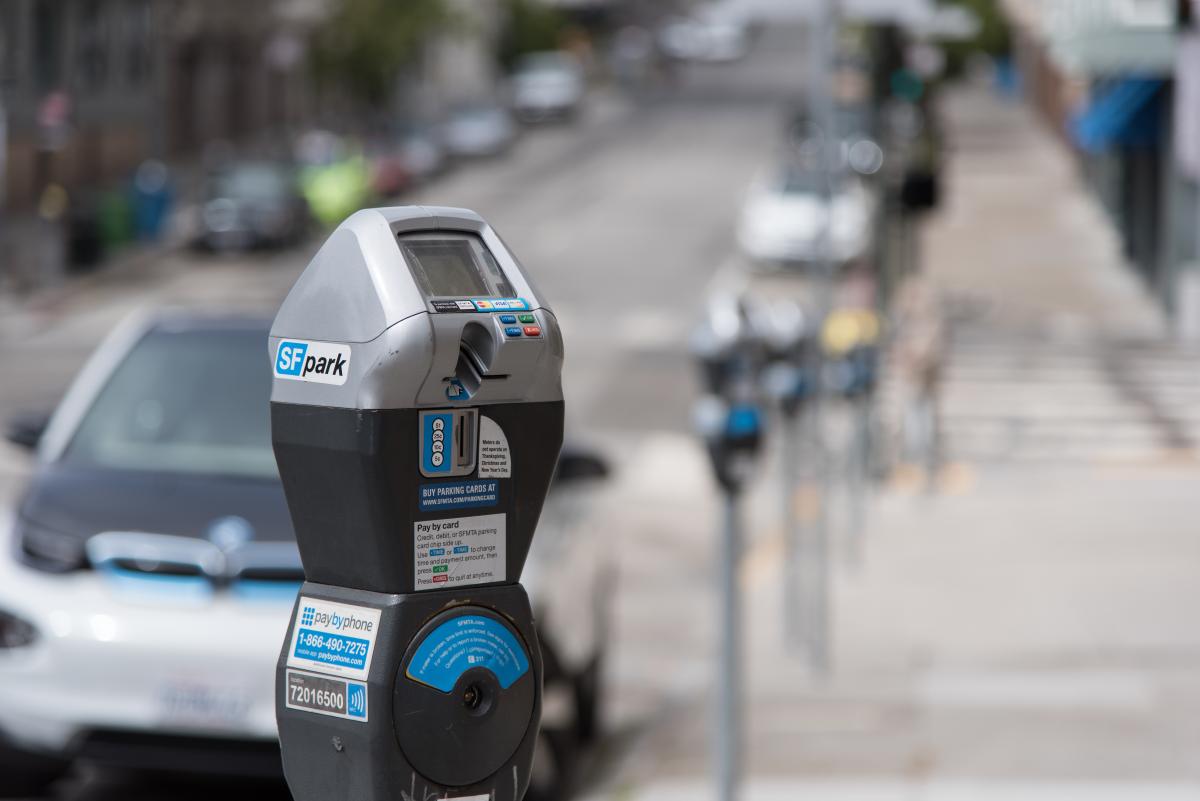 Beginning early next year, SFMTA will be replacing more than 18,000 parking meters throughout San Francisco. The parking meter hardware upgrade is taking place under a $70 million contract with MacKay Meters, Inc, which was approved by the Board of Supervisors. According to the agreement, more than half of the 28,000 paid parking spaces in San Francisco will see their meters replaced. With this project we expect to save an estimated $6 million in operating costs over the next decade.
Beginning early next year, SFMTA will be replacing more than 18,000 parking meters throughout San Francisco. The parking meter hardware upgrade is taking place under a $70 million contract with MacKay Meters, Inc, which was approved by the Board of Supervisors. According to the agreement, more than half of the 28,000 paid parking spaces in San Francisco will see their meters replaced. With this project we expect to save an estimated $6 million in operating costs over the next decade.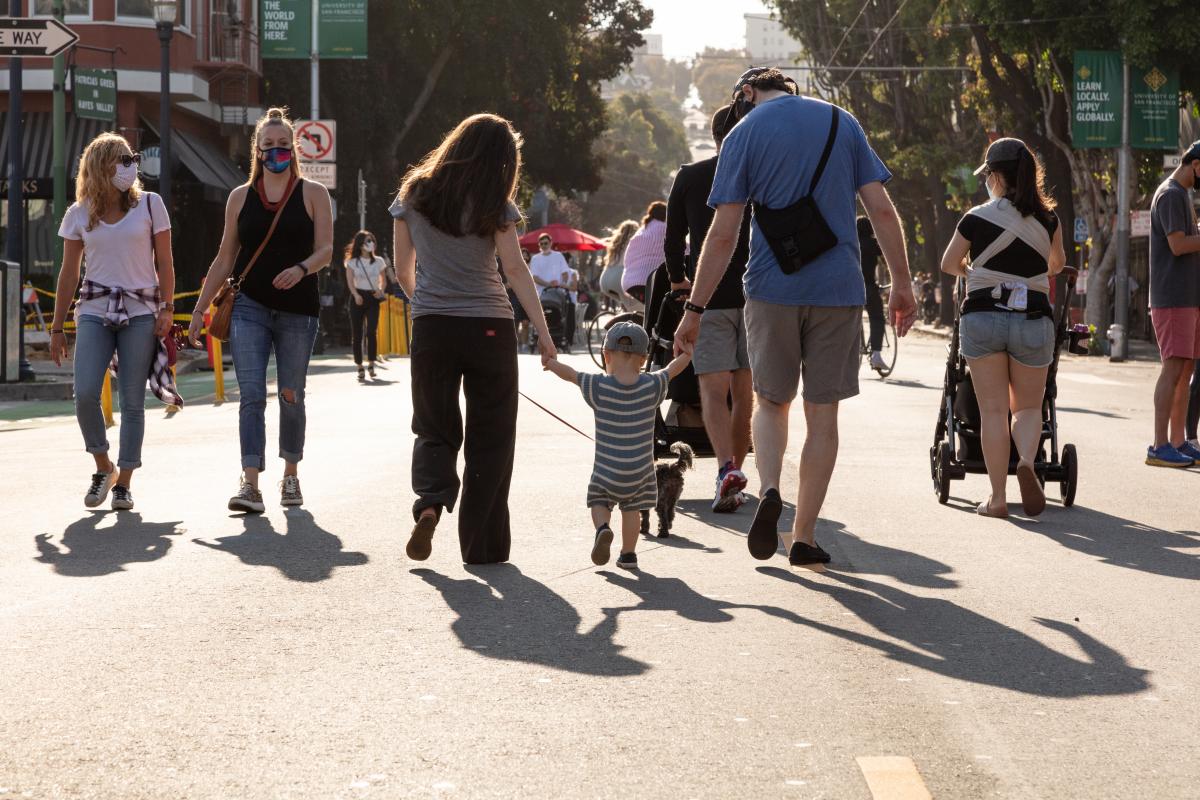
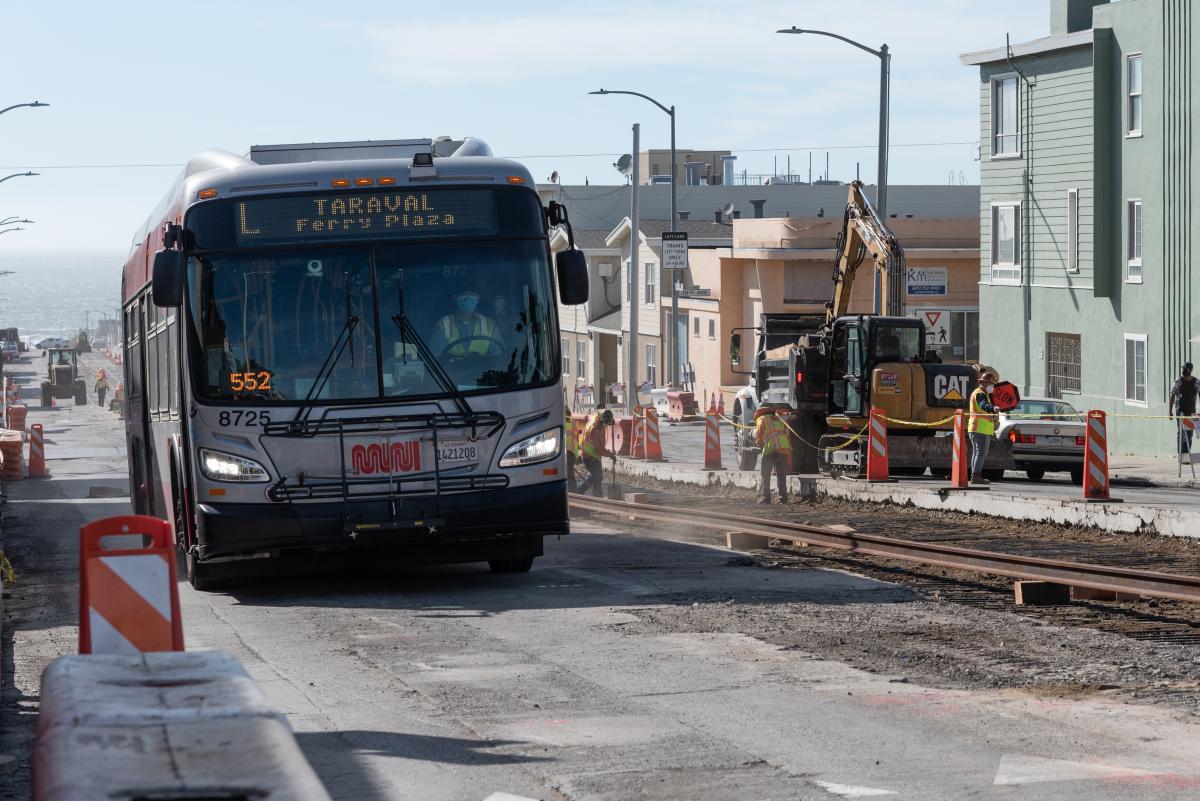 L Taraval Bus passing by construction on Taraval Street
L Taraval Bus passing by construction on Taraval Street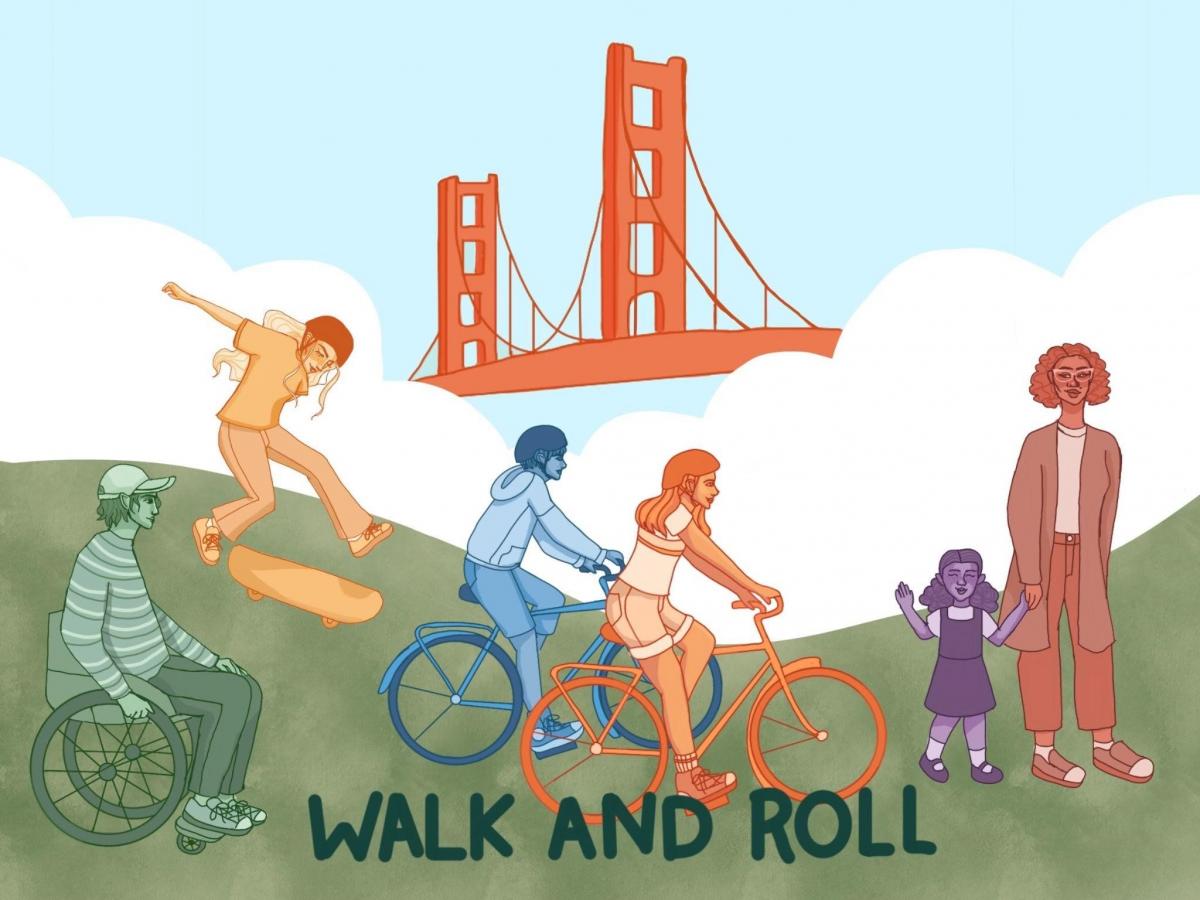
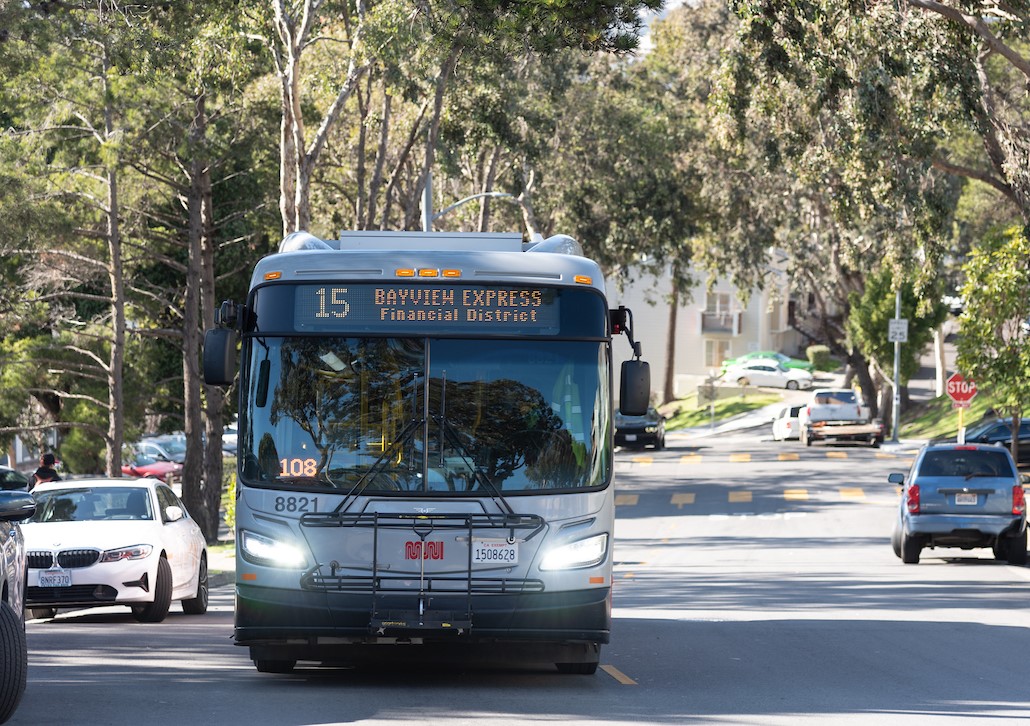
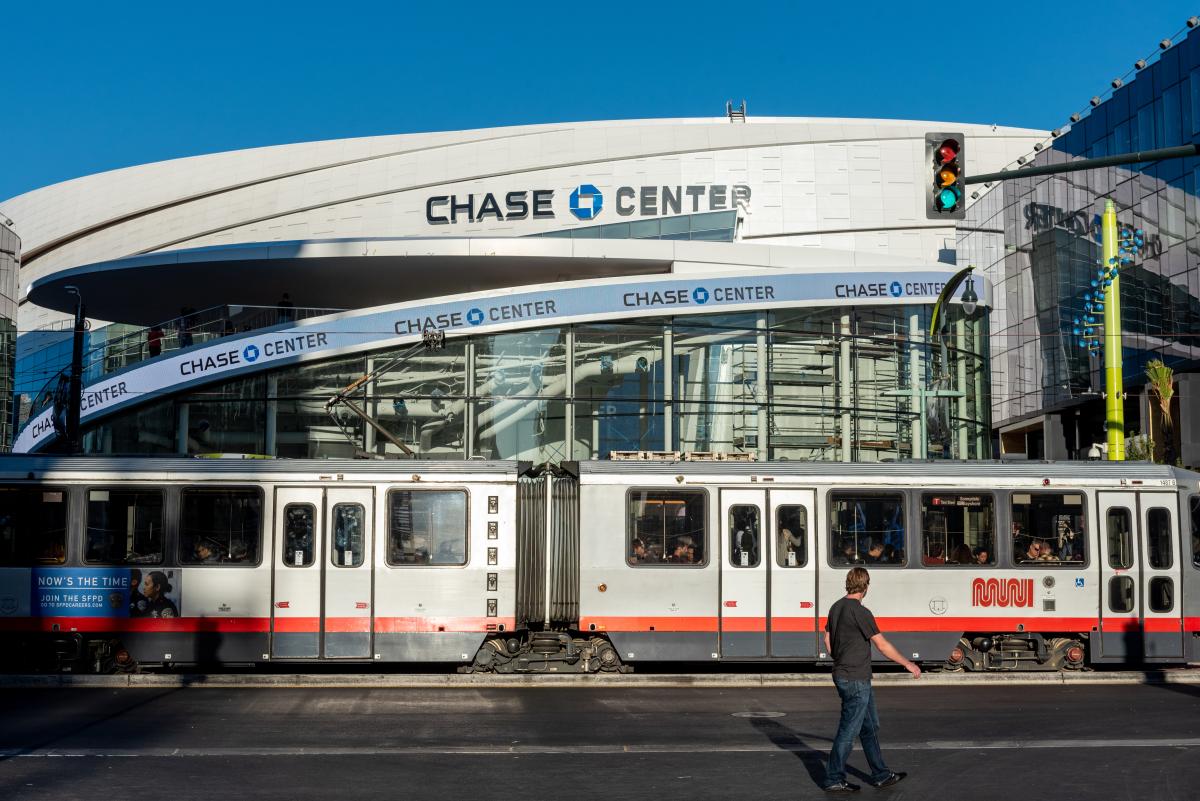 Calling all Warriors fans and Muni riders! As you know, an exciting preseason is underway, with the anticipated season opener scheduled to tip off in just a few weeks. As the Warriors look to a promising year with a committed staff and tenacious roster, it’s going to be an electrifying season for the six
Calling all Warriors fans and Muni riders! As you know, an exciting preseason is underway, with the anticipated season opener scheduled to tip off in just a few weeks. As the Warriors look to a promising year with a committed staff and tenacious roster, it’s going to be an electrifying season for the six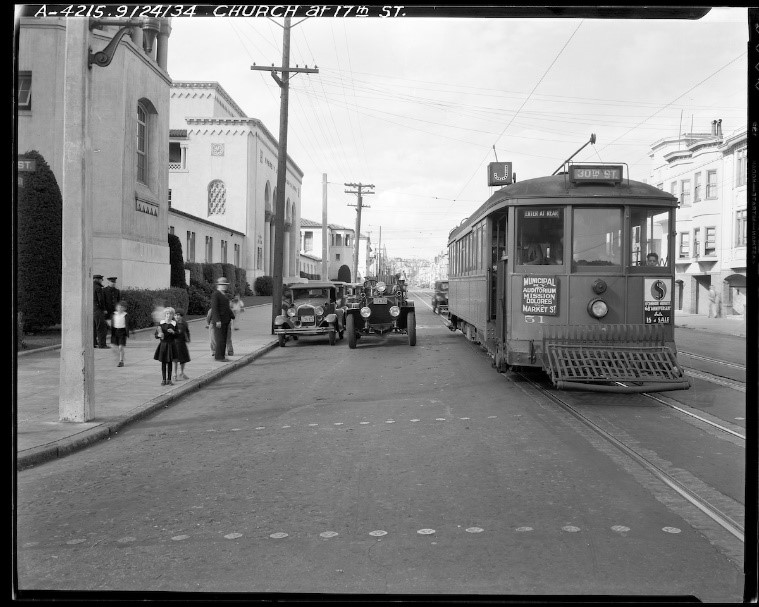
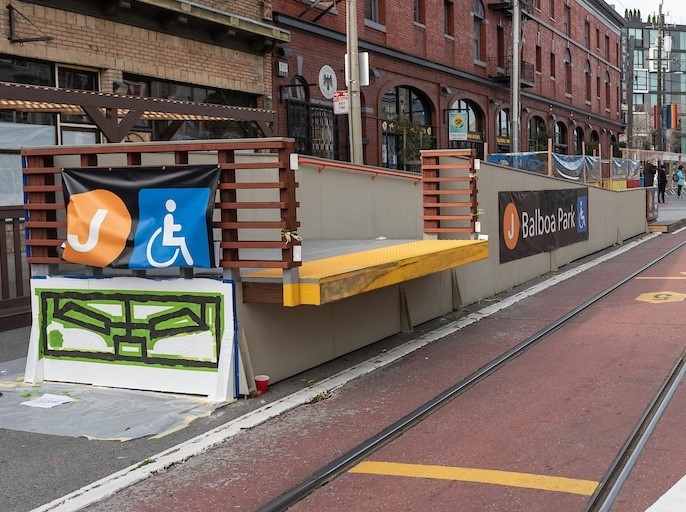
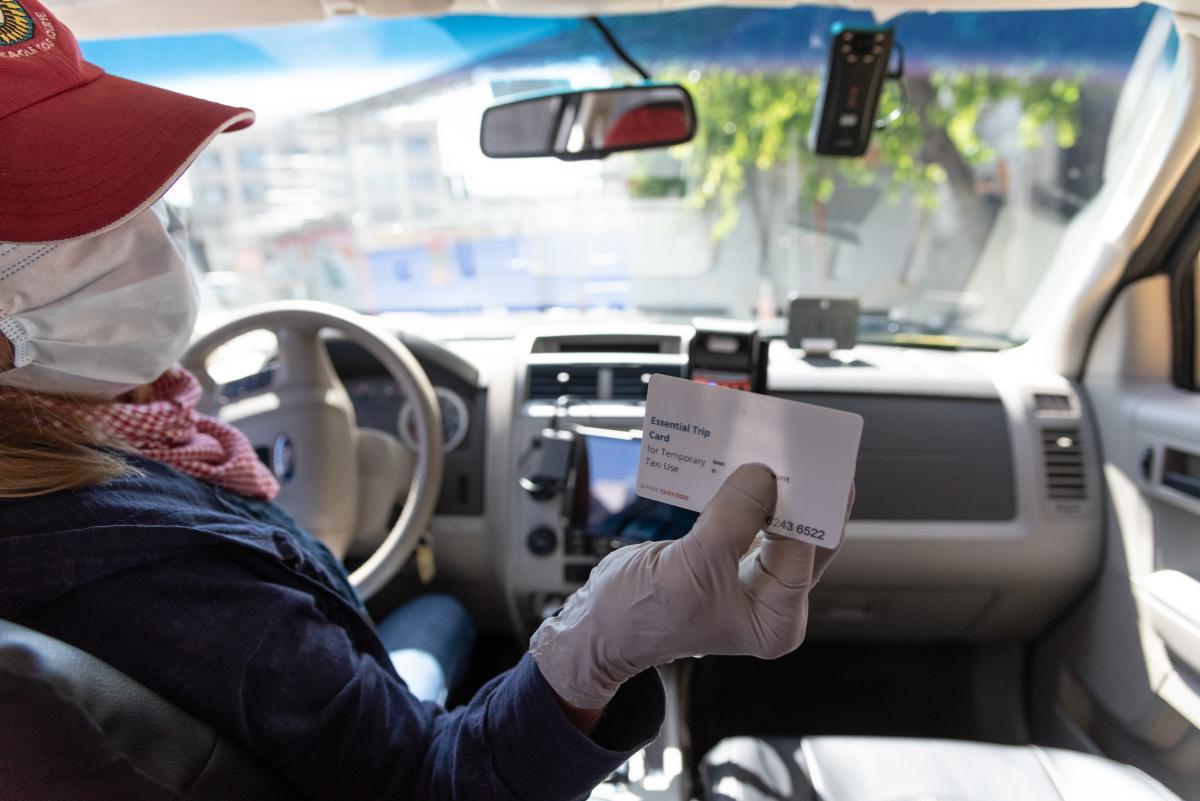 During a time of unprecedented uncertainty, we reflect on a very successful 18 months since the launch of our
During a time of unprecedented uncertainty, we reflect on a very successful 18 months since the launch of our 